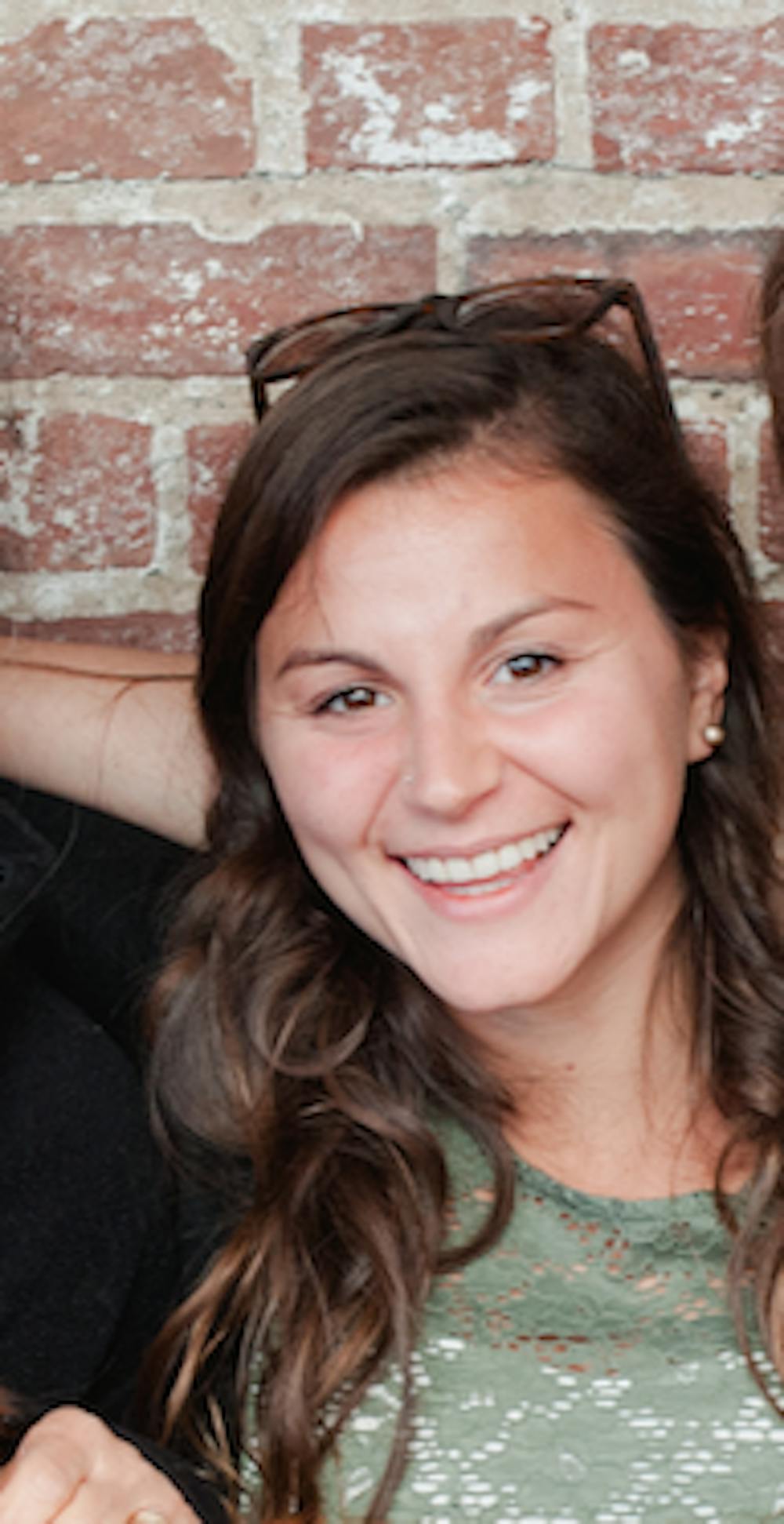It was raining the day the class of 2016 was supposed to walk through the Van Wickle Gates for Convocation. We did not walk through as a class but individually, once the storm had subsided. That first day four years ago, my first thought was “do I belong here?” Symbolized by that lack of cohesive experience, this feeling of isolation is one to which we can all likely relate.
Our shared fragility has been emphasized by recent campus conversations. The issues that have wracked our community, even in this past year alone — including mental health, racism and sexism — are not unique to Brown. We are a microcosm for debates occurring on the national level and in the global arena. By graduating, we are not leaving behind these conversations.
In my experience, however, the Brown community is unique in its response. The number of students and faculty members who have attended forums, organized teach-ins and participated in conversations about how to strengthen our campus is inspiring.
We make space at Brown for sensitive subjects. We push our community to be more accountable. We foster places where fragility can be a source of strength.
Sara Ahmed, professor of race and cultural studies at Goldsmiths University of London, said in her keynote speech at the National Women’s Studies Association conference in November 2015, “Fragility itself is a thread, a connection, a fragile connection, between those things deemed breakable.” She meant that we must connect precisely where we are fragile, where we are breakable and able to be disconnected.
Connecting around a shared vulnerability means finding the threads that most need to be strengthened and building relationships around what we must work hardest to preserve. Connecting when and where we are fragile means understanding each other with compassion and intention. Connection is also reciprocal — we achieve it both by reaching out and by responding to an outstretched hand.
As an English concentrator, I often think about the nature of connection. Many of the novels I read question how we connect, and if we truly do at all. In her novel “Mrs. Dalloway,” Virginia Woolf compares a delicate connection between two people to “a single spider’s thread (that) is blotted with rain-drops, and, burdened, sags down.” If we visualize the many diverse threads reaching between us — our friends, families, professors and communities, both local and global — what are they burdened by? Where are they fragile?
How do we connect? Orbiting around each other on the Main Green, passing on the winding stairwell of J. Walter Wilson, traipsing back and forth from one end of campus to the other — our layered footprints map out an intricate web that marks our shared identity as students here. Brown students excel at forging intellectual connections in the classroom and in labs, brilliantly weaving together ideas and issues both within and across disciplines.
When I first arrived at Brown, cut loose from all the threads that for years held me in the South, I felt untethered. While some friendships were immediate, it mostly took time to build connections, and to feel tied to the school itself.
In our first semester, my freshman roommate and I filled out transfer applications together. We said we would give it another week, another month, see how midterms went. Suddenly we had finished our first semester. Our fragility brought us closer, and through that bond we found the strength and resilience to keep adjusting to Brown and to eventually mentor younger students.
Soon after the adjustment period, I found myself fully wrapped up in the Brown community. I realized that it was normal to feel inspired, challenged, confident and like an imposter all at once.
We are all drawn in so many different directions — academic opportunities, career paths and social obligations. It is easy to overcommit time and energy. Our many threads can tangle, loosen and be lost.
Friends, new and old, are the continuous threads of our time here. Our lives are colored and textured by the relationships we have built, and the threads we have interwoven with our own.
Even around delicate and challenging issues, Brown cultivates a culture of community engagement. When I reflect on my time at Brown, I recognize a history of connecting as fellow students, as friends and as allies.
We, the class of 2016, are about to leave Brown’s physical campus and become disconnected geographically, dispersed all over the world. As we face this time of disconnection, and of forging new connections, our challenge is to figure out how to take with us this culture of engagement and care.
How do we maintain connection? By deciding who and what we thread ourselves to. By connecting where we are fragile, and by nurturing the threads between us that might be, as Woolf writes, “blotted with rain-drops, and burdened.”
I think back to our first rainy days at Brown, when summer showers stopped us from walking through the Van Wickle Gates. The rain did not wash away the strong threads of an engaged campus community that have since held us together.
I urge us all to bring the intention and compassion we have learned here to our future relationships and endeavors. Reach out and extend offers of friendship, mentorship and alliance, but also receive them. Be open to what might be an extended hand.
As we walk through the gates together, rain or shine, I invite us to consider how we will continue to find strength in shared fragility and continue to strengthen our connections.





